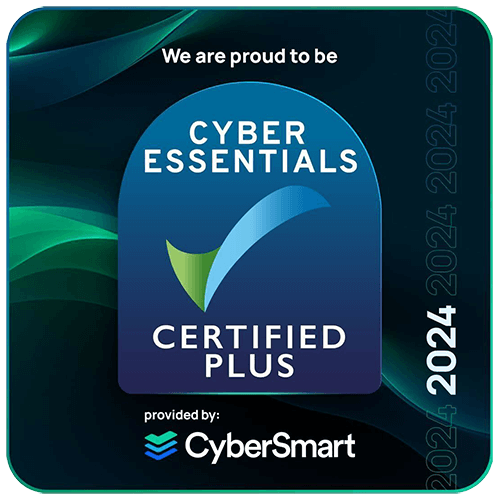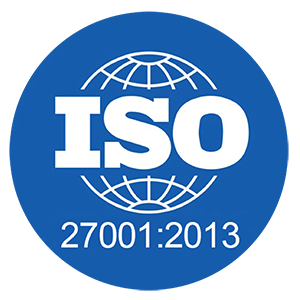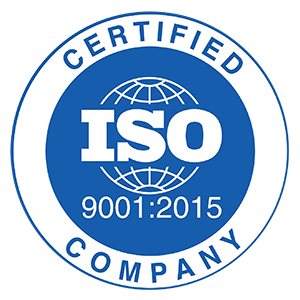Effective pharmacovigilance demands continuous monitoring of drug safety signals, a critical process that ensures accurate benefit-risk assessment while meeting global regulatory requirements. This paper examines the fundamental importance of signal detection methodologies and describes how Qinecsa’s Signal Detection as a Service (QSDaaS) empowers pharmaceutical teams to implement proactive risk management strategies that enhance patient safety and regulatory compliance.
Monitoring risk for patient safety
Signal detection is central to pharmacovigilance, requiring consistent efforts by pharmaceutical companies to identify and mitigate medication risks. This proactive process helps prevent adverse events, ensures therapeutic effectiveness, and supports updates to product labeling or usage guidelines by Marketing Authorization Holders (MAHs).
Beyond identifying unrecognized adverse effects or drug interactions overlooked in pre-market trials, signal detection monitors variations in known adverse events. It highlights elevated risks in specific populations or circumstances, improving safety measures.
Quantitative and qualitative assessment
Safety alerts can arise from a variety of data sources, including Individual Case Safety Reports (ICSRs), clinical trial data, scientific literature, electronic health records, Periodic Safety Update Reports (PSURs), and even social media. The assessment of these alerts is critical, as it provides regulators with the updated information necessary to understand the evolving benefit-risk profile of medicines.
Both quantitative and qualitative methods are employed in this assessment process. Quantitative methods involve the application of statistical techniques, to detect adverse drug reactions that occur more frequently than expected, within large databases of adverse event reports. In contrast, qualitative methods rely on human expertise to review individual case reports and other relevant data sources to identify potential safety concerns.
Processes are essential to comply with regulatory guidelines
Global regulatory authorities, such as the US Food and Drug Administration, the UK Medicines and Healthcare products Regulatory Agency, and the European Medicines Agency all require that MAHs adhere to strict drug safety guidelines that include:
- Establishing a signal detection system with clearly defined roles and responsibilities for personnel.
- Conducting routine signal detection activities, such as quarterly or monthly.
- Triage of all safety alerts and validation of identified signals.
- Documenting and communicating identified risks internally and to external partners and regulatory agencies.
- Performing comprehensive risk assessments and developing appropriate risk mitigation plans.
Challenges for Small to Mid-Size Pharmacovigilance Teams
Meeting regulatory requirements can be difficult for smaller pharmacovigilance teams. They often lack expertise in establishing signal detection practices, compliance or analytical methods for managing low adverse event case volumes. Limited staff roles and infrastructure further hinder efforts. Many teams resort to manual processes for tracking signals, which lack audit trails and proper assessment tracking, complicating compliance.
How can Qinecsa help?
Without established signal detection processes, small pharma teams often outsource these activities. It is essential, however, to select a service provider with a proven and compliant signal detection service. One that fully aligns with Good Pharmacovigilance Practices (GVP), International Council for Harmonisation (ICH) guidelines and FDA standards. Qinecsa’s Signal Detection as a Service (QSDaaS) is one such service, where we create streamlined signal detection workflows with customizable data pipelines.
What is QSDaaS?
QSDaaS is Qinecsa’s pharmacovigilance service, previously offered as a consulting service since 2017, that provides expert signal detection for pharmaceutical companies without requiring internal infrastructure or expertise.
QSDaaS uses a structured process that combines data management, statistical analysis and custom reporting:
1. Parameter Setup:
Qinecsa consultants collaborate with clients to define safety data (e.g., spontaneous reports, literature findings, clinical trial data, etc.) and set review cycles (e.g., monthly, quarterly).
2. Data Import:
Clients export drug safety data from their database system and Qinecsa imports these data into its secure, database environment to maintain data integrity.
3. Data Processing:
Case, event and drug information is verified for completeness, accuracy and MedDRA compatibility, eliminating errors that could lead to false signals.
4. Signal Detection:
Disproportionality statistics, specifically the Proportional Reporting Ratio (PRR), is derived to identify potential safety signals by comparing adverse event frequencies for the client’s drug(s) versus all other drugs in the reference database. PRR, widely used by regulators like the European Medicines Agency, is our primary method for QSDaaS clients, though alternative statistics are also available.
5. Custom Reporting:
Results are presented in tailored reports that flag new signals, continuing signals and those no longer meeting threshold criteria. Additional reports, such as new and follow-up case listings or hierarchical event reports aligned with MedDRA terminology, can be developed.


